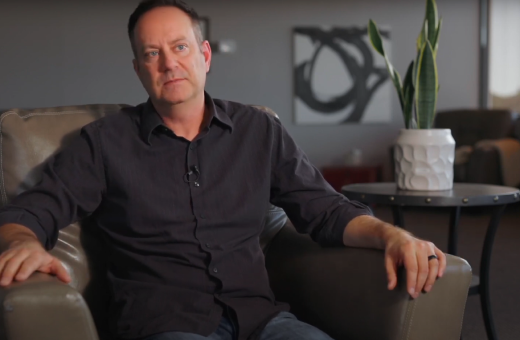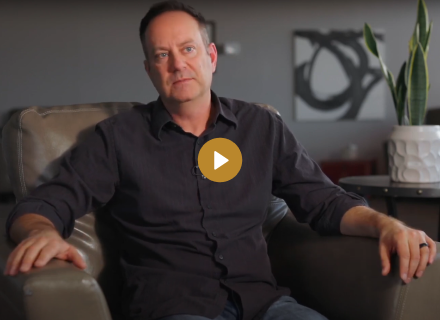Dr. Floyd Godfrey
Childhood sexual abuse (CSA) remains a critical issue impacting the lives of countless individuals long into adulthood. Recognizing its prevalence and the signs of abuse is the first step toward healing and recovery for survivors and their support networks. This article aims to shed light on the complex dynamics of CSA, with a particular focus on the often overlooked aspect of abuse in boys, informed by evidence-based research and therapeutic insights.
Prevalence of Childhood Sexual Abuse
Recent studies have highlighted the alarming prevalence of childhood sexual abuse, underscoring it as a global concern that transcends geographic, socio-economic, and cultural boundaries. According to the World Health Organization, 1 in 5 women and 1 in 13 men report having been sexually abused as a child. This staggering statistic only emphasizes the need for heightened awareness, preventative measures, and support systems for survivors.
Signs of Abuse
Recognizing the signs of childhood sexual abuse is crucial for timely intervention and support. These signs can be both physical and behavioral, ranging from unexplained injuries or STDs to changes in behavior like withdrawal, aggression, or regression to earlier developmental stages. Survivors may also exhibit signs of depression, anxiety, and exhibit difficulties in forming healthy relationships. It's imperative for caregivers, educators, and mental health professionals to be vigilant and responsive to these signs.
The Overlooked Victims: Boys and Sexual Abuse
Childhood sexual abuse among boys is particularly under-reported and misunderstood, partly due to societal stigmas and misconceptions about masculinity and vulnerability. Boys are less likely to report abuse due to fear of not being believed, feelings of shame, and the societal pressure to adhere to traditional masculine roles. This silence can have devastating long-term effects on their mental health, relationships, and self-esteem.
The recent case of a public figure, brought to light the complex dynamics of male sexual abuse victims and the importance of breaking the silence. The situation underscores the critical need for society to acknowledge and support male survivors of sexual abuse, fostering an environment where they can speak out and seek help without fear of stigma or disbelief.
Healing and Recovery
Despite the darkness that childhood sexual abuse casts on the lives of survivors, there is hope for healing and recovery. Therapeutic interventions, including trauma-informed care and therapy modalities like cognitive-behavioral therapy (CBT) and Accelerated Resolution Therapy (ART), have proven effective in helping survivors process their experiences and rebuild their lives.
Community support, awareness campaigns, and educational programs play a vital role in prevention and in creating safe spaces for survivors to share their stories and begin the journey toward healing. It's crucial for survivors to know they are not alone and that recovery is possible with the right support and resources.
In conclusion, understanding the prevalence, signs, and impacts of childhood sexual abuse, especially among boys, is essential in fostering a society where survivors can find the support and resources they need to heal. It's a collective effort that requires empathy, education, and action.
Dr. Floyd Godfrey is a clinical sexologist and has been guiding clients since 2000. He currently speaks and provides consulting and mental health coaching across the globe. To learn more about his services, please visit his website: www.FloydGodfrey.com



